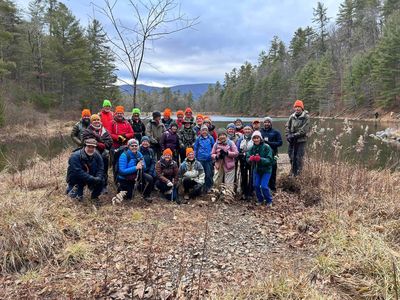Connecting People to the Outdoors
Since 1927
Since 1927, PATC has been serving the outdoor community through creating and maintaining trails, cabins, and shelters throughout the Mid-Atlantic region. PATC strives to connect people with the outdoors through outreach events, workshops, and volunteer opportunities.
Trails
PATC manages over 1000 miles of trails in Pennsylvania, Maryland, West Virginia, and Virginia, including 240 miles of AT. We provide trail and shelter maintenance with the help of dedicated volunteers.

Cabins
PATC maintains 47 cabins, to provide hiking and outdoor experiences for its members and the public. These cabins are sprinkled throughout the mountainous Potomac region of Virginia, Maryland, West Virginia, and Pennsylvania.
Upcoming Events
May 2024
28
9:30am Trail Day at Sugarloaf Mountain
29
30
8am Vigorous Hikers
7pm ExCom April Meeting (Virtual)
1
10:15am Easy Hike: Metro North Bethesda to Metro Grosvenor Station
2
7pm New Member Meeting
3
Women's Camp, Hike, + Yoga Retreat
4
9am North Mountain Brigade Trail Work
5
8am LNT L2 Instructor Course
6
7
8
10:15am Easy Hike: Great Seneca Trail, Seneca Creek State Park, Gaithersburg MD
9
10
11
9am Spooky Beaver Work Trip
10am Hike Leader Class @ Crampton Gap Cabin
12
9:30am Trail Day at Sugarloaf Mountain Event Category: Trail Work
13
14
8:30am Vigorous Hikers - Mt Marshall Loop
7pm Council Meeting (Virtual)
15
16
17
18
8:15am DC Crew- Rock Creek Park Trails Work Trip
9am ND Hoodlums Work Trip
19
9:30am Trail Day at Sugarloaf Mountain
20
21
8:30am Vigorous Hike - Buzzard Rocks Trailhead
22
10:15am Easy Hike: C&O Canal Towpath, Pennyfield Lock to Swains Lock and Back, Potomac MD
23
24
25
26
9am ViVa! Vienna!
27
9am ViVa! Vienna!
28
8:30am Vigorous Hikers Jones Mountain hike
7pm ExCom Meeting (virtual)
29
10:15am Easy Hike: Ford Mine Trail, C&O Canal National Historical Park, Potomac MD
30
31
1
8:15am DC Crew- Rock Creek Park Trails Work Trip
9am North Mountain Brigade Trail Work
10am Virginia Black Bear Festival
Show all
Check out our Blog

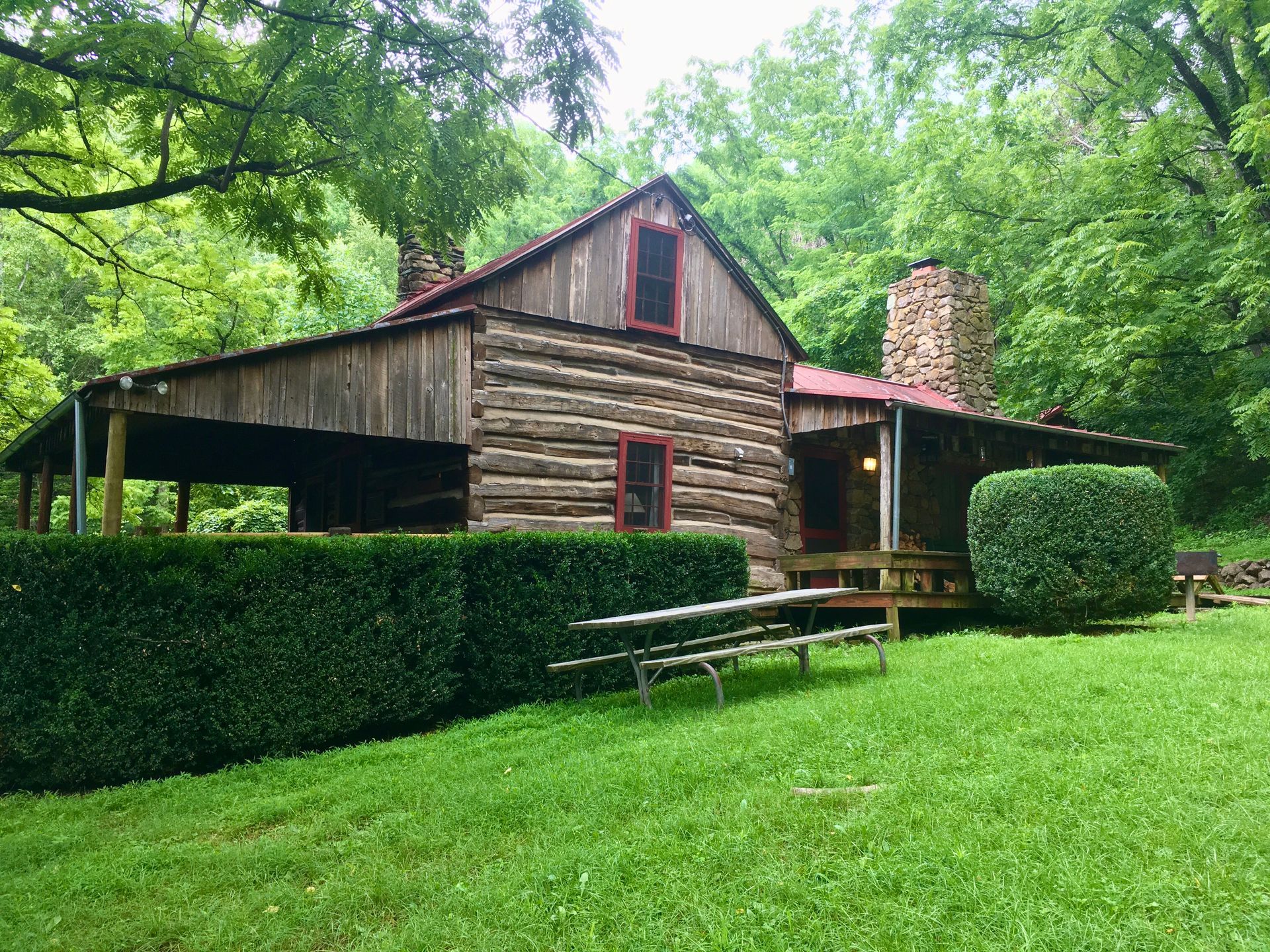

Conservation + Land
Management
PATC currently owns 39 properties, totaling more than 2,000 acres. In addition, the club also manages several leased properties and lands containing trail and scenic easements.
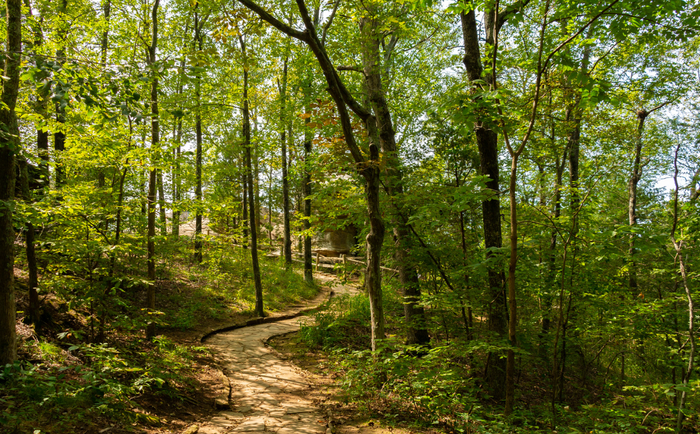
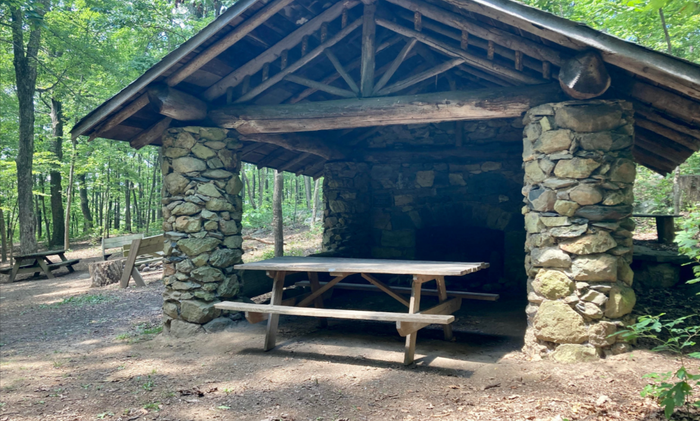
Shelters
Along the trails are a series of three-sided shelters for backpackers and thru-hikers. PATC maintains 45 Shelters along the AT, as well as the Tuscarora Trail and George Washington National Forest. PATC assigns volunteers to maintain the shelters throughout the year.

Classes + Workshops
Want to learn what to pack for a backpacking trip? Or maybe you want to add a Wilderness First Aid Certification to your resume? Check out our skills classes and workshops.
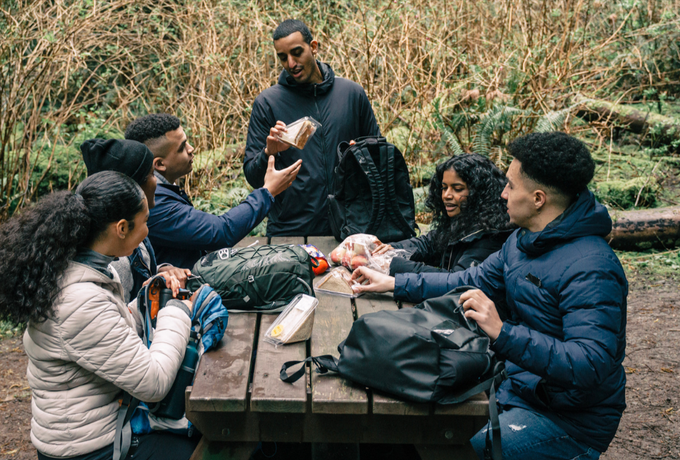
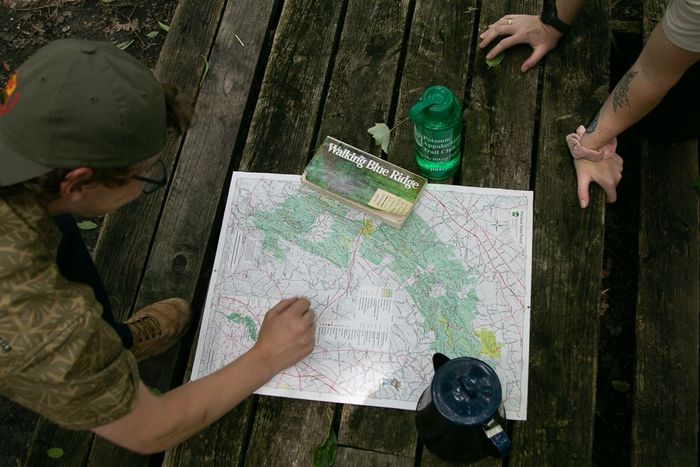
GIS + Mapping
PATC has been a proud source for mapping trails and wilderness areas for decades, including some of your favorite State and National Parks. PATC maps have become well known as the most authoritative sources for backcountry information in the region.
Get the Latest PATC News + Updates
Contact Us
Thank you for joining our mailing list!
Stay tuned for news, upcomng events, volunteer opportunities, and more!
If you're not currently a PATC member, consider becoming one today!
Learn more by visiting our website.
Please try again later.
Contact Us
Mailing Address
118 Park Street Vienna, VA
22180-4609
Email Address
Cabin Reservations
Phone Number
Issues with the website? Please fill out this form.


